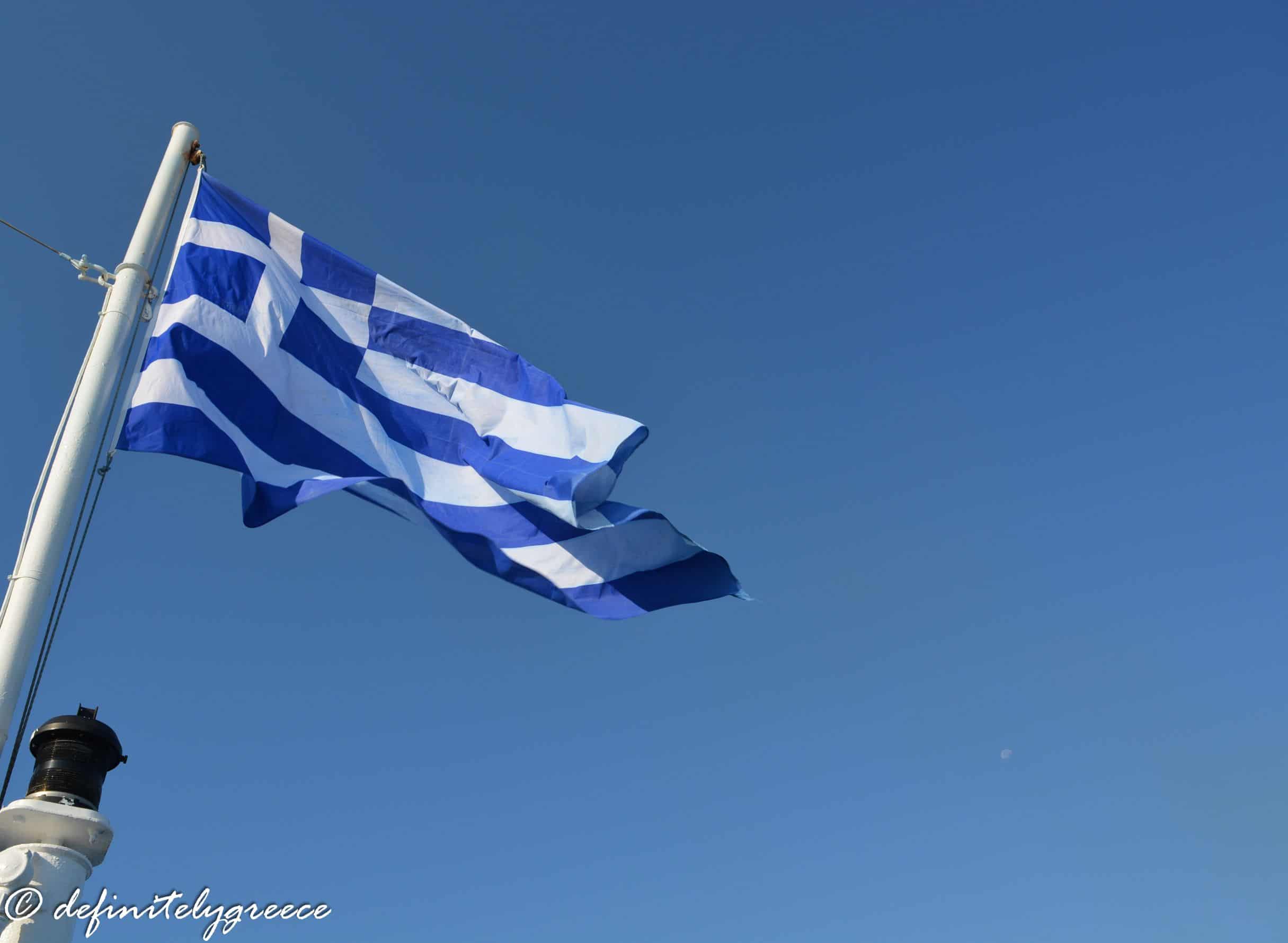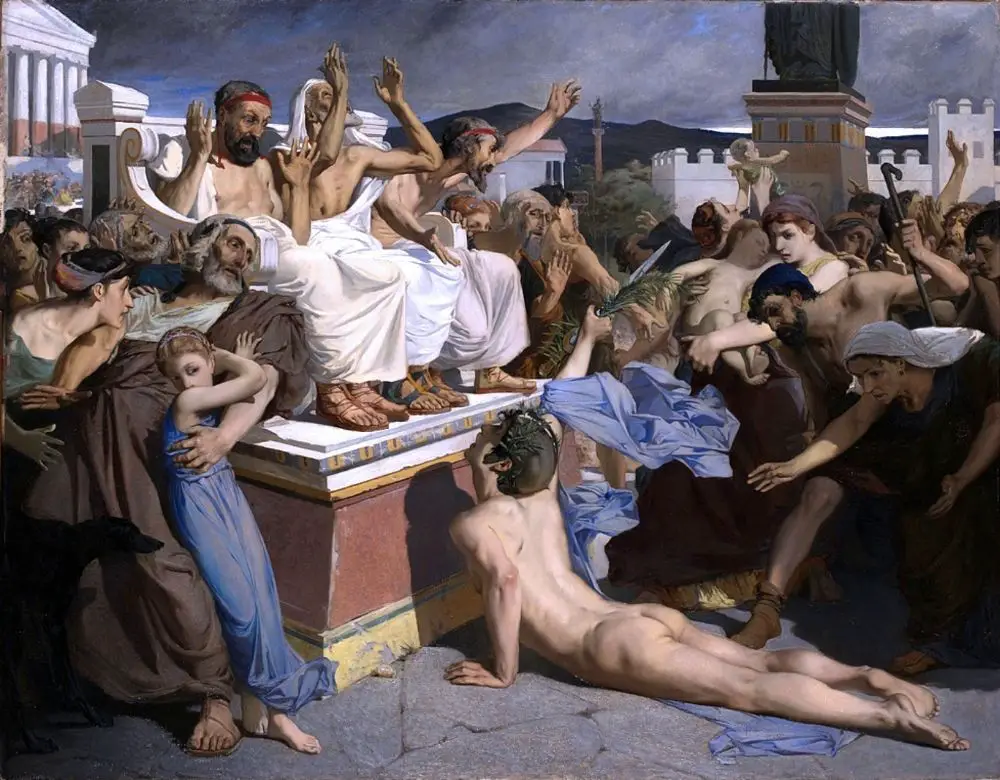



The Surprising History Of The Parthenon
The history of the Parthenon is over 2,500 years long. When you learn of everything this magnificent piece of architecture has been through, you can’t help but see it as a symbol of Greek perseverance. Many stories have unfolded around this monument and every broken piece and imperfection tells its story through the ages.
432 BC – The Parthenon Was Built
☞ Related: The Best Way To See The Acropolis In Summer




Late 6th Century – The Parthenon Was Converted Into A Christian Church
The history of the Parthenon is colourful and there have been several conversions that have occurred in its lifetime. The first being the conversion of the Parthenon into a Christian Byzantine church. This happened in the 6th century AD when paganism was forbidden and conversion to Christianity was spreading across the Mediterranean.
There were a few changes made to the Parthenon. One being the addition of a bell tower. The second being the blockage of the East entrance as it was Christian custom to enter churches on the West side.
☞ Related: The Most Amazing Churches In Thessaloniki




1460 AD – The Parthenon Was Turned Into A Mosque
The history of the Parthenon involves one invasion after another and the temple changed hands many times. In 1458 Athens was seized by the Turks. Under the control of the Ottoman Empire, the Parthenon was converted into a mosque two years later. Not much changed, except for the bell tower being converted into a minaret.
1687 – The Parthenon Was Blown Up
The biggest structural damage to occur in the history of the Parthenon happened in 1687 when Athens was still under Ottoman rule. The Parthenon had been converted into a mosque, but it was also used to store gun powder. In this year during the Morean war, it was hit with mortar shell by the Venetians, setting fire to the gun powder within! This beautiful temple became a fraction of its former glory and lay in ruins.
1801 – The Parthenon Was Stolen
In 1801, another tragedy happened that added to the long history of the Parthenon. Lord Elgin (Thomas Bruce) was the seventh Earl of Elgin and became the British ambassador to the Ottoman sultan in 1799. Not long after he sailed to Greece he requested a firman that gave him the rights to take away the marbles. The ambiguous language in this document is now hotly debated. The term ‘Elgin marbles’ refers to the collection of marbles that Lord Elgin took from the Acropolis in 1801. These are now housed in the British Museum in London.




1941 – The Parthenon Was Occupied During The Second World War
The dramatic history of the Parthenon spans even more recently into the Second World War. On the 27th of April 1941, Nazi forces took over the city. Upon their arrival they occupied the Acropolis and raised the Nazi flag, signifying the beginning of a very dark time in Greece, and the world.
However, there is an important occasion that shone some light on this period of history. It happened three days after the Germans arrival. Two brave students, Manolis Glezos and Lakis Santas, climbed to the top of the Acropolis and took down the swastika. These young men became known as anti-Nazi heroes and a symbol of hope and resistance in Greece.




Love it? Pin it!






















